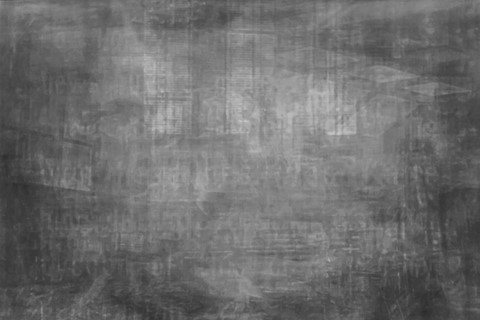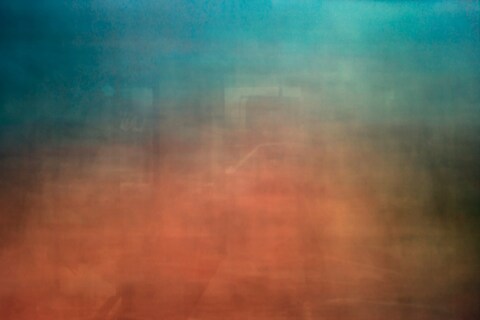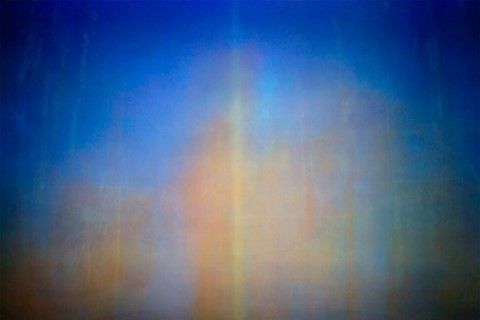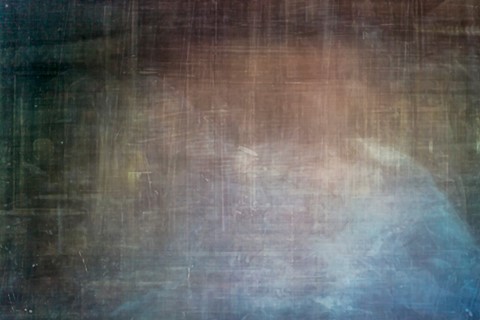Jason Shulman's proficiency at creating long-exposure images from cinematic masterpieces is soon to be documented in a London exhibition
A Turner-esque wash of reds and blues; ghostly shadows marking the spot where protagonists once stood; the eerie serenity of a cartoon frozen in uncomfortably vivid hues: London-based artist Jason Shulman’s newest body of work, a series of long-exposure photographs capturing entire films, makes for oddly irresistible viewing. Interestingly, it came about after an unexpectedly successful experiment. “I set up my camera in front of my computer and pointed it at a movie, expecting that, if you expose the negative for an hour and a half with a film in front of it, you’d get a bit like what you get when you mix balls of Play-Doh together – just a brown monotone hue,” he explains of the body of work, which due to go on display next week in an exhibition entitled Photographs of Films at London's Cob Gallery. “So I was very surprised when in fact these kinds of rather interesting translations of films started occurring.” It was a pleasant shock for Shulman, who went on to spend a month in his darkroom photographing a whole series of cinematic masterpieces, from 1968’s 2001: A Space Odyssey through to 1940 Disney animation Fantasia.
“The images vary so wildly, that’s the remarkable thing about it,” Shulman continues, “and they’re also quite didactic. You can learn something about the director’s style from this kind of kooky translation: you can learn that Hitchcock deals with people, for example, Kubrick deals with composition, Bergman deals with… I mean lots of Bergman films are kind of moody and psychological, much more so than other films. So it’s odd that in one exposure all of these things, although very subjective, kind of come through.”
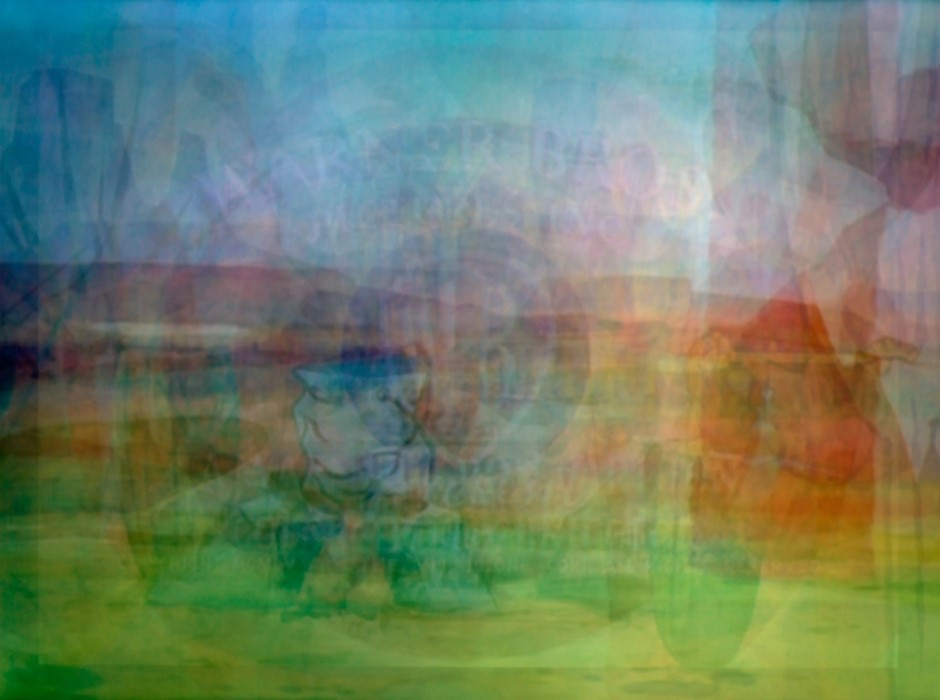
Nonetheless, some films were emphatically uninteresting to look at in a single image, he states matter-of-factly. “I shot Avatar, for example – I shot all James Cameron’s films – and what I got most is literally just a kind of Pantone swatch at the end, a kind of plain, flat blue, because he cuts very quickly, the camera’s always moving. So it all depends on the director’s style.” Shulman’s favourite works are perhaps not what you might expect, either. “I do like Digby, the Biggest Dog in the World, because it looks like a late Turner, and it’s a marvellous film about a giant radioactive sheepdog,” he explains. “Deep Throat is also good, because it’s got these really weird hotspots of her head. Most of the film, I don’t know if you’ve seen it, it’s just people performing fellatio, and so you get this endless bobbing of heads. I quite like it for that.”

For the exhibition’s selection, he whittled the series down to those which either illustrate the director’s style neatly, or which have some other kind of charm. The spectrum on display is quite compelling, providing a kind of window into another world which is entirely in keeping with Shulman’s love of movies. “They’re kind of analgesic, like a painkiller, and I love painkillers in all forms,” he says. “It’s a form of escapism in a way – it works as a painkiller, to all intents and purposes, or a distraction. It takes you out of yourself and into another place.” In the serene confines of the Cob Gallery, these large format photographs promise a Mary Poppins-esque doorway into a cinematic world.
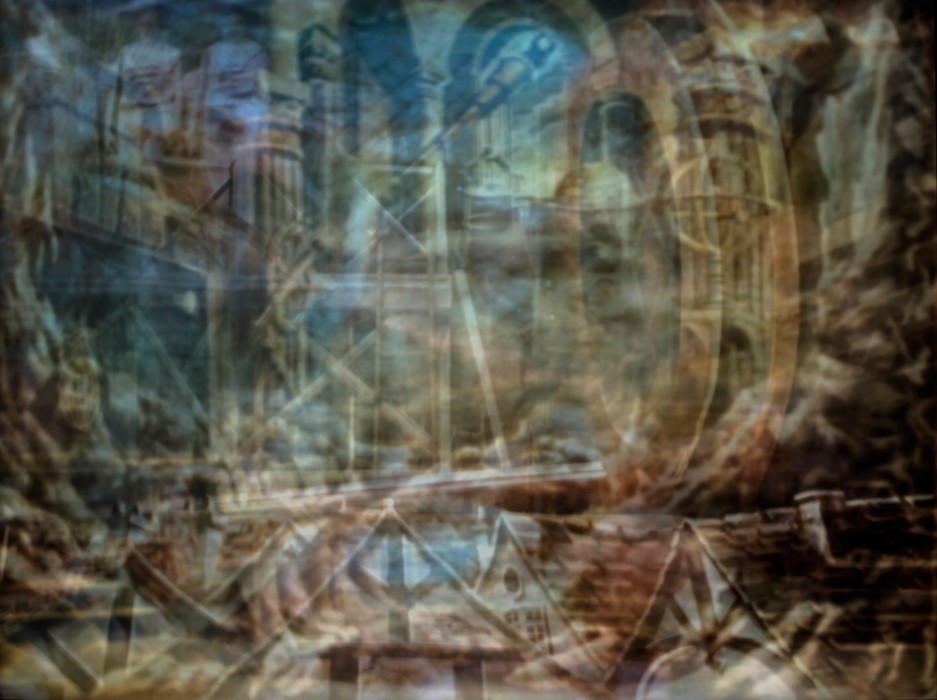
Jason Shulman: Photographs of Films runs from May 12 until June 4, 2016 at the Cob Gallery, London.


